Director Raafi Rivero gives us an inside look at his project, which is the first narrative short film shot on Kinefinity’s flagship. Has the MAVO LF got what it takes to be defined as a professional storytelling tool?
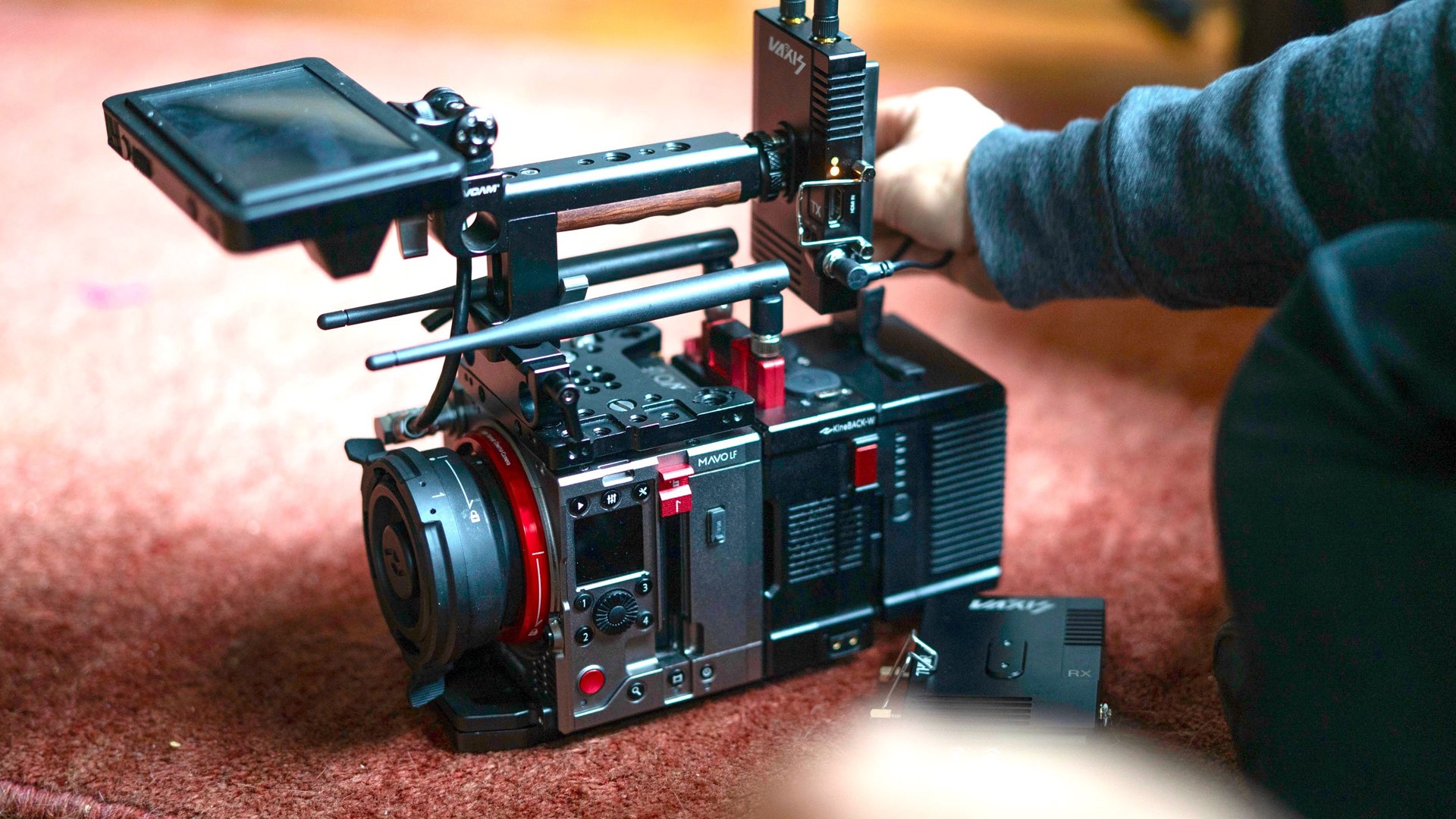
An affordable large sensor cinema camera
The MAVO LF is a cinema camera features a 36x24mm sensor for $12,000 (body-only), which makes it the most affordable full-frame cinema camera on the market. Kinefinity claims that the MAVO LF is based on advanced color processing architecture and a new CMOS image sensors to achieve super low-noise and high dynamic range. Regarding specs, the camera can shoot 6k resolution, 14 stops of dynamic range, and owns dual-native ISO for better utilization in low light scenarios.
Advantages of Large Format cinematography
The pros and cons of large format cinematography are definite. Large format sensor allows more flexibility on shot’s kinetics, larger field of view and shallower depth of field. However, large format cinema cameras are expensive (price starts at $30,000) since there are significant technology barriers and limitations that can cause some decent engineering challenges. Nevertheless, it seems that the Chinese company, Kinefinity, has found a way to build state of the art 6K Large Format machine that can compete against other known camera manufactures. Nonetheless, the Kinefinity has a lot to prove, since impressive specs are not enough.
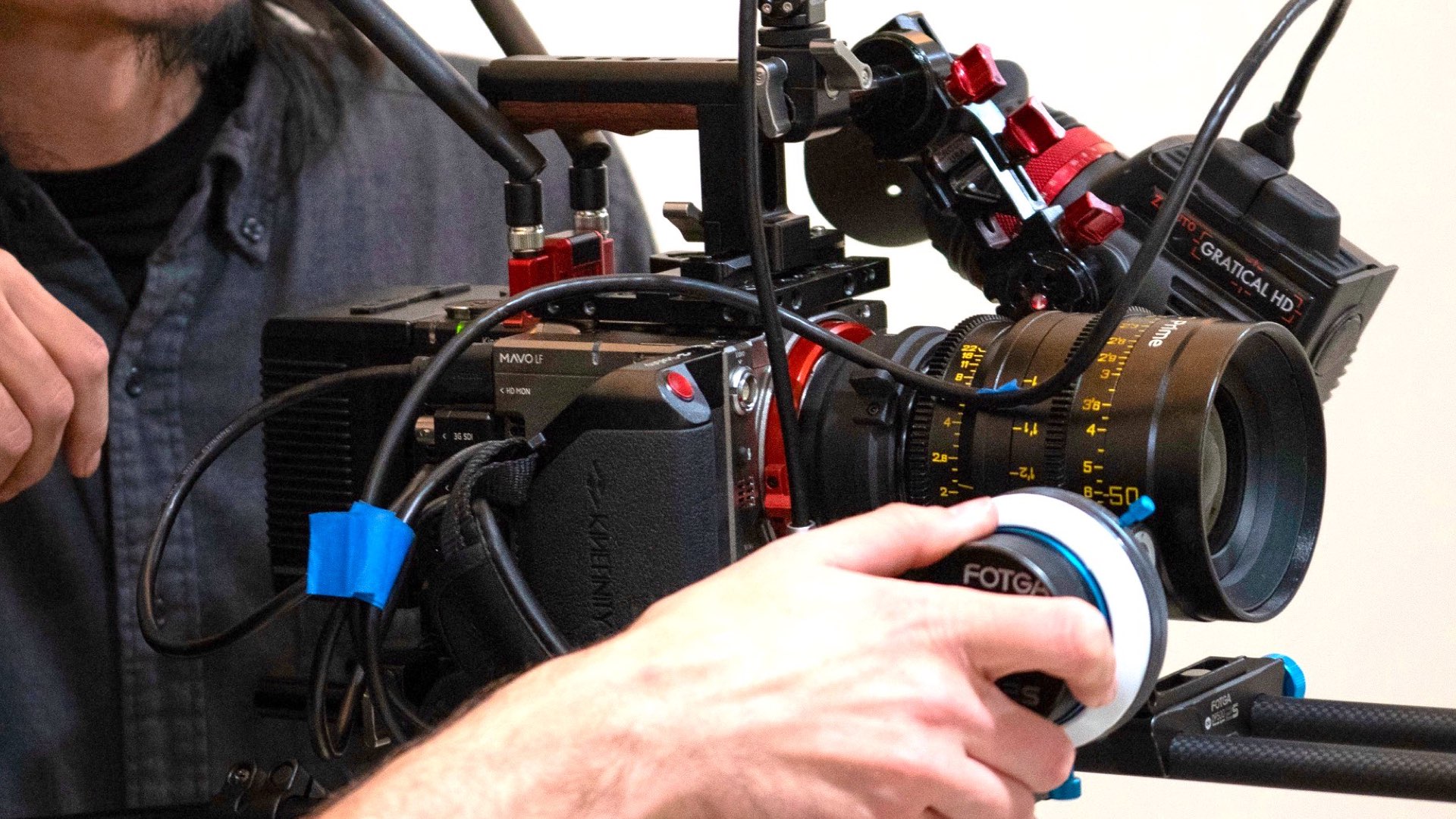
We wanted a film that shows the Mavo LF as a storytelling tool, not just another camera test
Jihua Zheng, Kinefinity CEO
The MAVO LF as a storytelling tool
Re/Connections, directed by Rafi Rivero from The Color Machine, is the first narrative short to be created with Kinefinity MAVO LF. Rivero was tasked by Kinefinity, to demonstrate the camera’s capabilities with a variety of lighting conditions and skin tones. Jihua Zheng, CEO of Kinefinity, says, “we wanted a film that shows the Mavo LF as a storytelling tool, not just another camera test.”
The film was shot using Kinefinity’s new Mavo Prime lenses which cover full-frame.
According to Rivero, the MAVO LF was tested under challenging production environments: “I wanted to put the camera in as many challenging situations as possible – scenes with low light, saturated sources, and high dynamic range.”
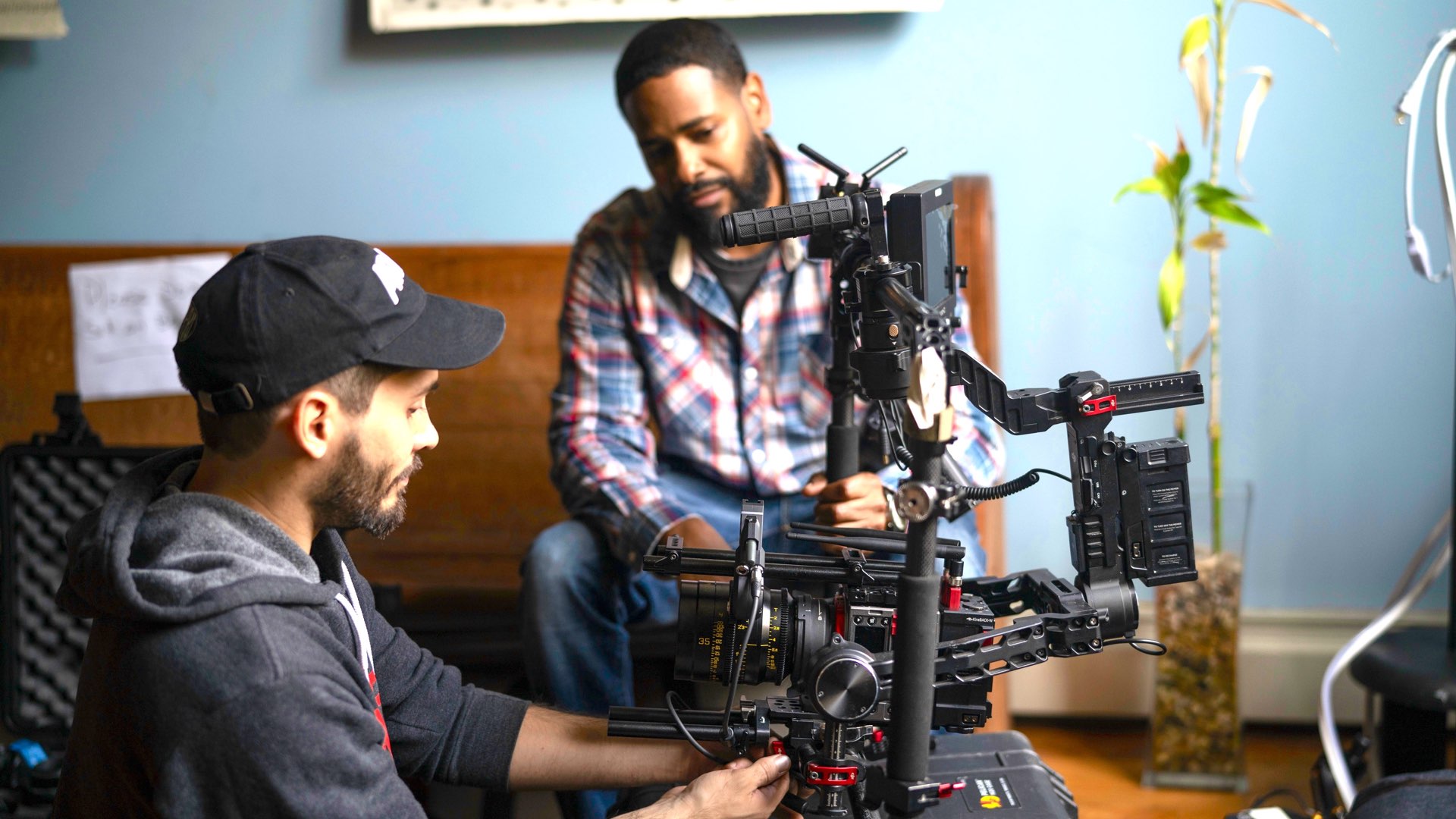
I wanted to put the camera in as many challenging situations as possible – scenes with low light, saturated sources, and high dynamic range
Director Rafi Rivero
Post-production
Rivera says that the film was edited in FCPX: “We did one shoot in CinemaDNG, but I ended up transcoding those to ProRes anyway since FCP doesn’t have a Raw workflow yet.” The rest of the stuff was shot in ProRes 4444 XQ. Transcoded everything to 1080p proxies in LT first, then replaced everything towards the end with the full-res in order to deliver in 4k.
The film
Watch the film down below. Feel free to scrutinize the visuals. I watched it a few times. The colors are accurate, as well as skin tones which look precise. In my personal opinion, the imagery is a bit too soft. It reminds me of old film cameras. Have to say that the blacks are crushed a lot of times, which is not good. All in all, the image is polished, but lack of an artistic look, but again, it’s my sole opinion. Give it a try, watch the film, and comment below what you think.
Final thoughts
Kinefinity offers us, filmmakers, something we can’t refuse. Large format cinema camera, which is also affordable is a rare privilege in our industry. Unfortunately, the color science is not there yet and can not be compared to other professional cinema solutions (ARRI, RED, Canon…) There is some deficit of a unique artistic look. Kinefinity should concentrate its R&D efforts on color sciences rather than on spec and performances. Hopefully, it will get there soon. Thanks to filmmakers like Raafi Rivero, Kinefinity can learn from to continue fine-tuning its line and improve the cameras so one day, a blockbuster will be shot on them.
Do you agree with this conclusion? Do you think the camera is ready for high-end productions? Let’s know your insights in the comment section below.

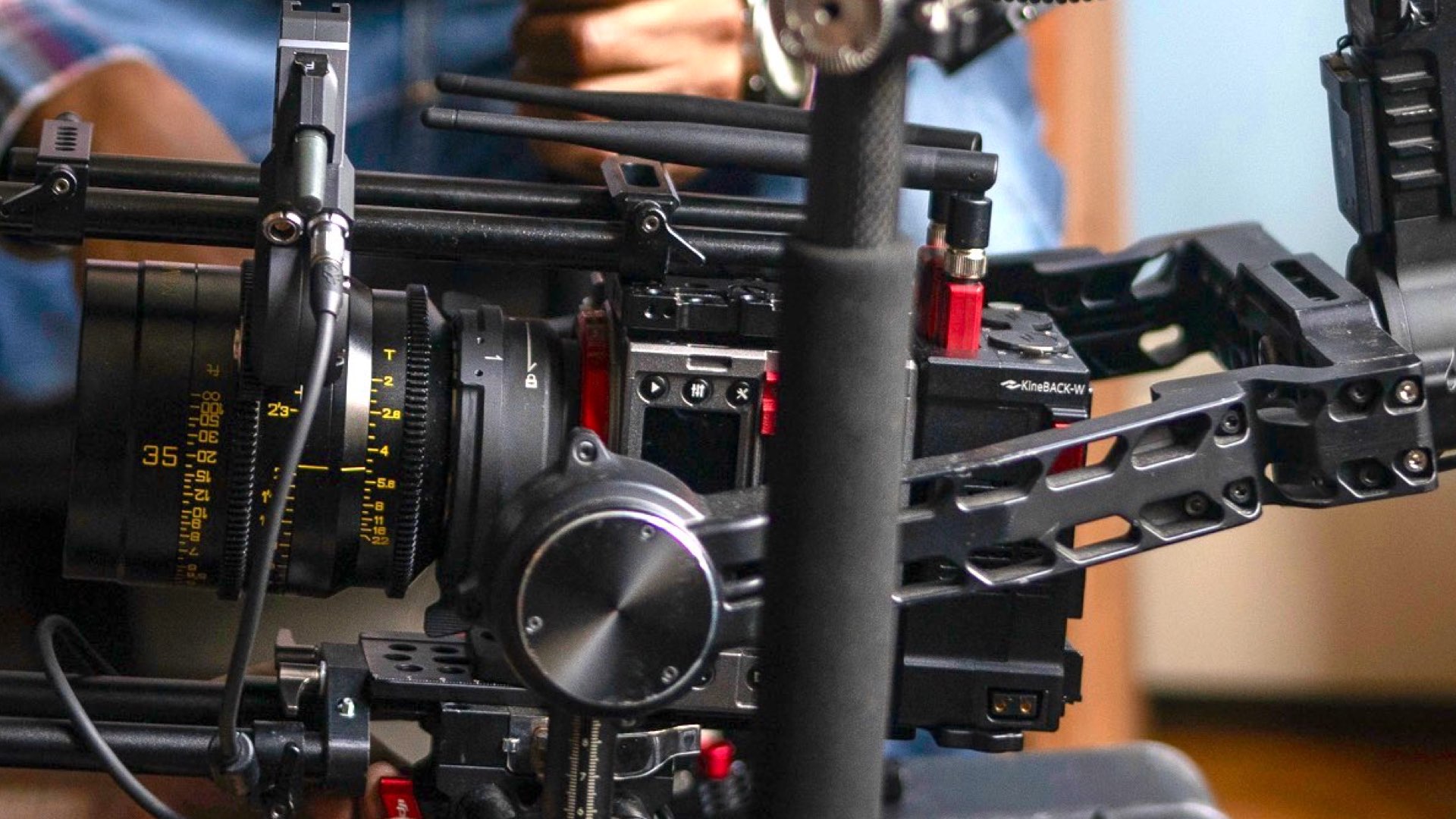

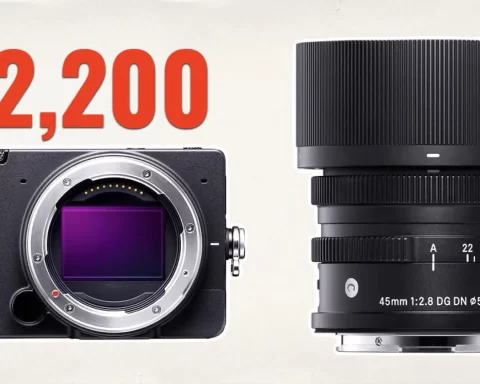
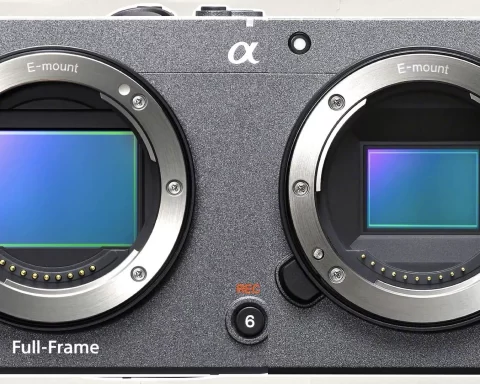
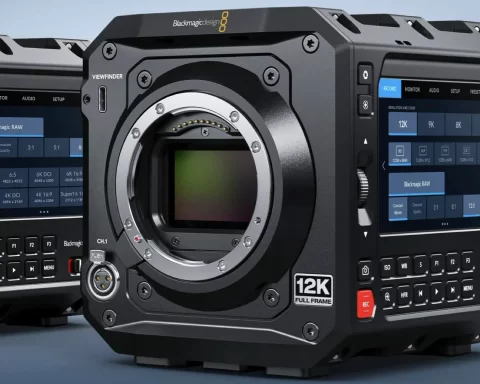
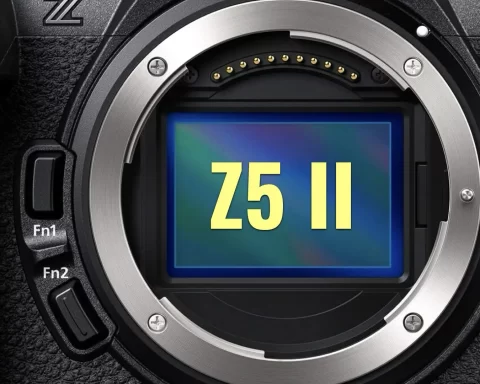
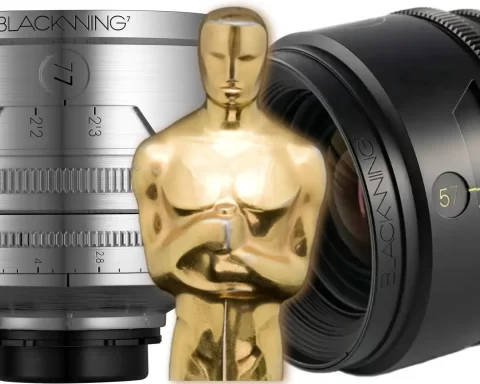

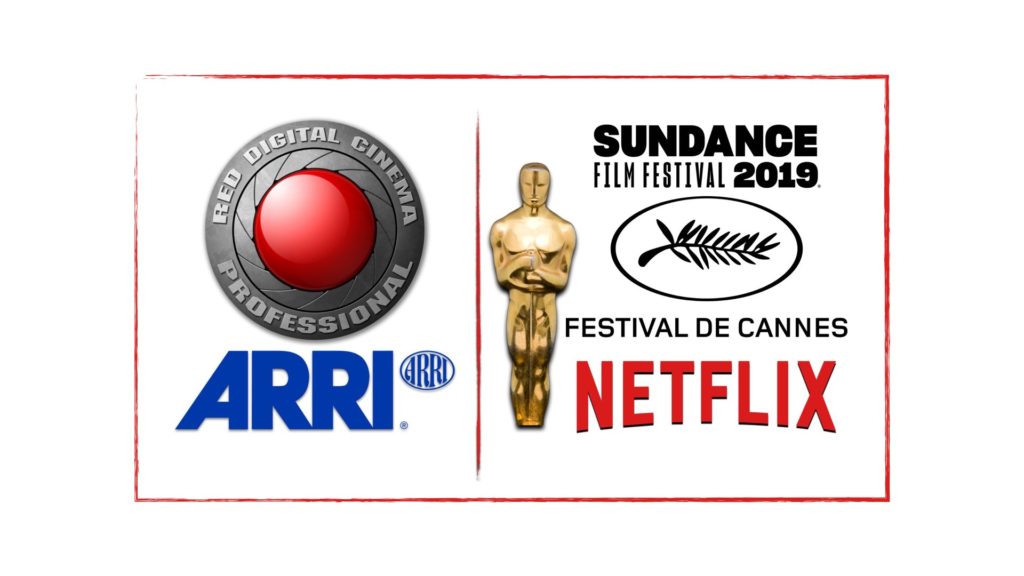
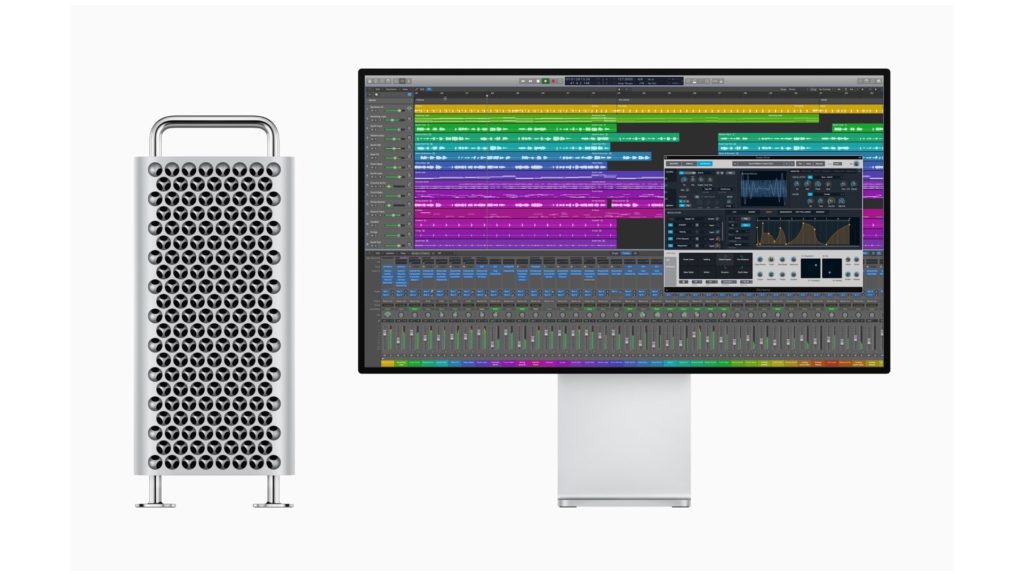





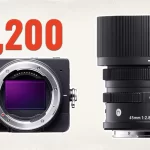
To me it looks like an Alexa mini footage
Glad you’re saying that. I didn’t say the film doesn’t look great because it is.
Nevertheless, Kinefinity keeps on improving its color science and one day… YES… it will look like an Alexa Mini footage!
[…] encoding to TERRA 4K”. To read more about Kinefinity cinema solutions, head here for our in-depth articles about cinematographers using Kinefinity cinema camera for high-quality productions. The results are […]
[…] filmmakers who used it for their specific purposes. For instance, read our article about the first film that was shot on the Kinefinity MAVO LF by filmmaker Raafi Rivero as well as tips for ideal execution by filmmaker Benjamin […]
[…] the Kinefinity MAVO LF for capturing the best footage – feel free to read it. Furthermore, we wrote about the first film that was shot on the MAVO LF. Read those articles to learn more and can […]
You were right Yossy, story, acting, cinematography absolutely fantastic, but color science is missing. Would have looked better even on OG BMPCC. Just my opinion though.